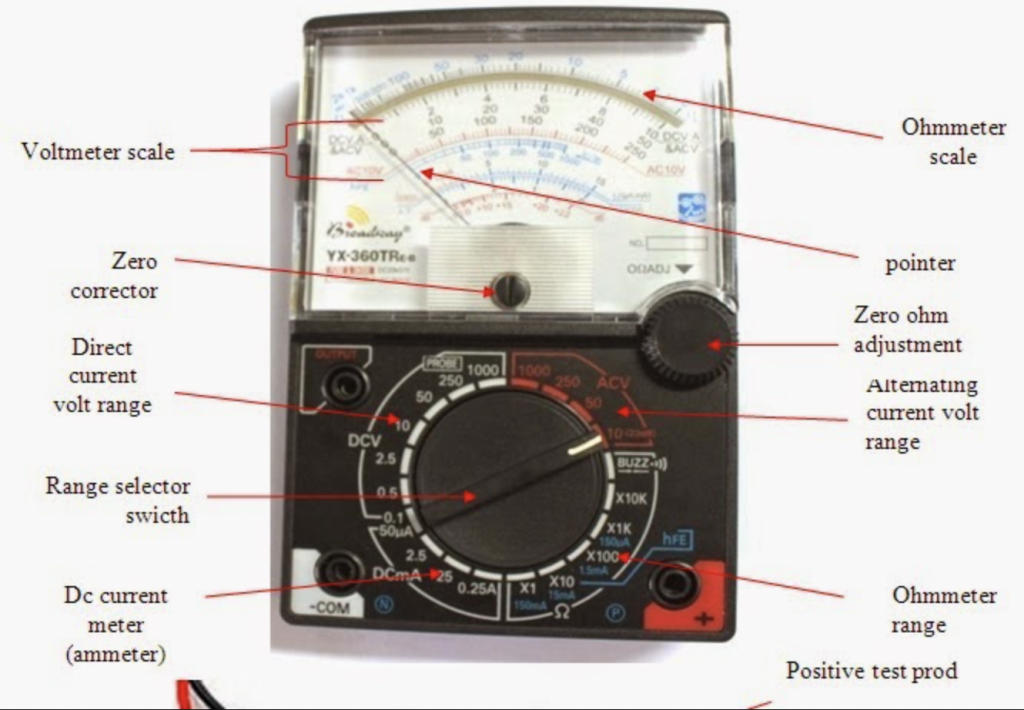Do you operate or work in an industry or organisation in which voltage matters? Don’t forget, voltage – that well-known unit of electromotive force – is vital to test, monitor and keep track of for the safe and efficient functioning of power systems. Too high, and your equipment is fried – and too low, and the system will not work properly or fail altogether. For the easiest, safest, fastest and most accurate way to test power and voltage, you’ll need to get your hands on a voltage meter.
What is a voltage meter, anyway?
In its simplest form, a voltage meter is the most affordable way to quickly test voltage levels by measuring the difference between two points in any electronic circuit – the positive input of voltage, and the negative. And the really good news is that it really is possible to get your hands on one for your workshop, business or project needs for as little as the cost of your dinner tonight.
Helpfully, there are only really three parts of a working voltage meter that you need to know about:
- The positive input terminal
Almost always marked in red, the simplest technical way to understand the positive input terminal is by remembering that current flows out of the positive terminal towards the negative. So we position the red terminal to the most positive part of the component being tested.
- The negative input terminal
The positive terminal is marked in red, and the negative is marked with black. By connecting the black terminal to the ground, the voltage tester is able to measure the voltage between those two points.
- The display
Various voltage meters use different displays, but whether it’s an analogue scale or an LCD/LED readout, this is where you get the result.
However, it’s important to note that some of the simplest, cheapest, most compact and most innovative voltage meters don’t even need a component list to describe their function. For less than the cost of a bag of grocery shopping, you can grab a voltage tester that resembles a pen or highlight marker that is 100% safe to use on live wires and conductors. Without even touching the power system and therefore risking shock or electrocution, these non-contact voltage detectors are simply brought close to the circuit so they can illuminate a light or sound a ‘beep’ if live voltage is detected.
At the other end of the scale, the voltage meter you require may need to be a little more sophisticated, such as:
- A multimeter is capable of measuring not only voltage but also current and resistance.
- An advanced voltage meter or voltmeter designed to reduce parallax (viewing angle) errors, features automated polarity, high resolution and precision and more.
- A voltage meter for very high and therefore dangerous levels of voltage with extra safety features, or a special voltage meter for extremely low voltages, like computer chips.
Choose the perfect voltage meter today
Are you ready to start browsing for a voltage meter? The best news of the day is that it is entirely unnecessary to have any professional electrical training, experience or other equipment to use one properly and safely, so it’s a no-brainer purchase for any organisation or individual for which electrical systems are a factor. If you need a little help navigating today’s expansive product range, get in touch with an industry guide.
